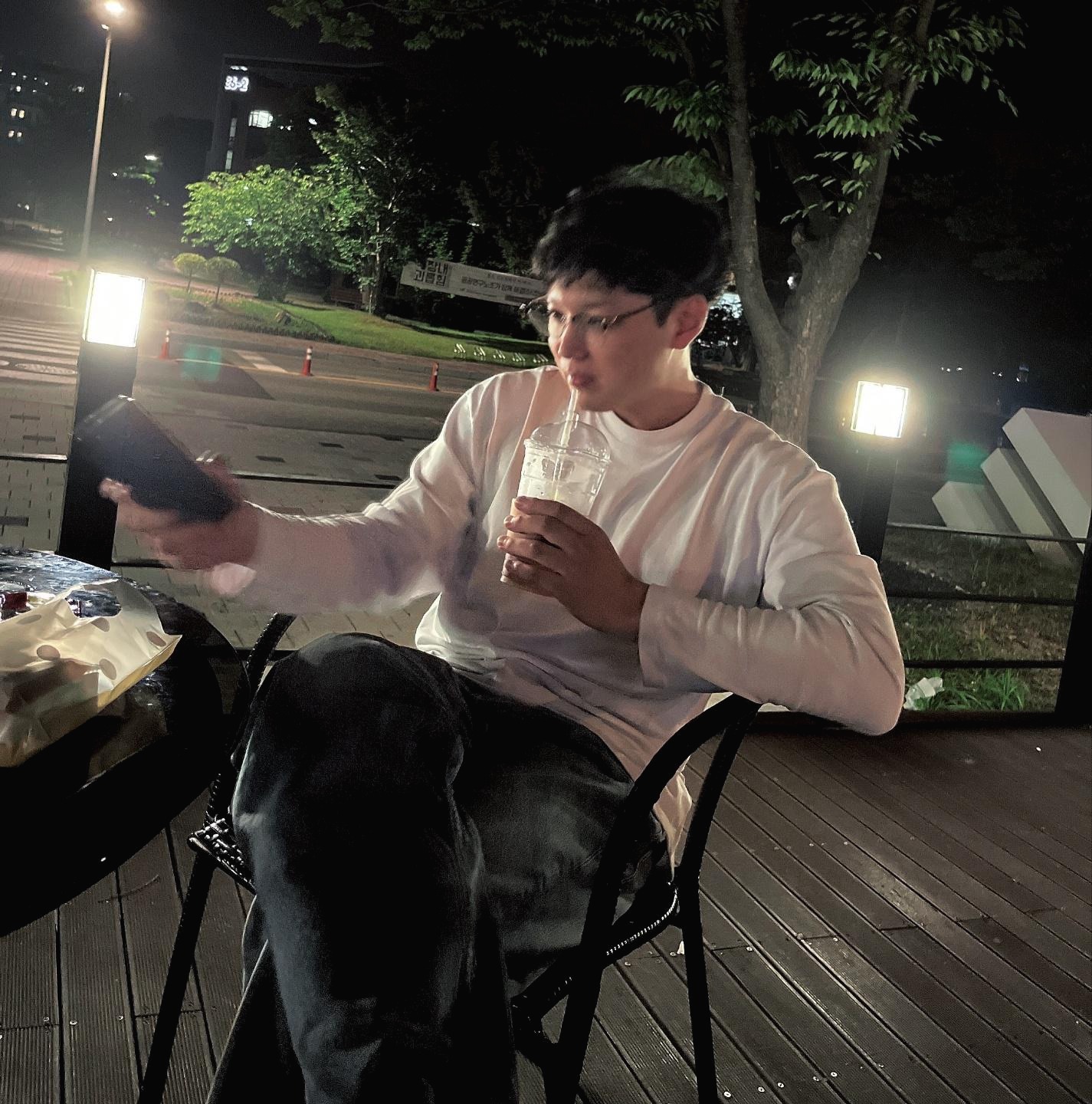No Limitation
[BFS] 동일 SET 영역 구하기 본문
적록색약 문제와 같이 비슷한 유형의 문제를 풀어보았다.
https://www.acmicpc.net/problem/2667
2667번: 단지번호붙이기
<그림 1>과 같이 정사각형 모양의 지도가 있다. 1은 집이 있는 곳을, 0은 집이 없는 곳을 나타낸다. 철수는 이 지도를 가지고 연결된 집의 모임인 단지를 정의하고, 단지에 번호를 붙이려 한다. 여
www.acmicpc.net
다행이 문제는 빠른 시간 내에 풀었지만, 나는 set 별로 coloring을 해준 다음에 갯수를 count해서 그다지 갯수를 세는 데에 효율적인 코딩은 아니었던 거 같다.
처음 통과 코드
from collections import deque
N = int(input())
maps = [ [int(x) for x in input()] for _ in range(N)]
visited = [ [0]*N for _ in range(N) ]
def BFS(maps,queue) :
while queue :
x, y = queue.popleft()
for i in range(4) :
after_x = x+move_x[i]
after_y = y+move_y[i]
if after_x < 0 or after_y < 0 or after_x >= N or after_y >= N :
continue
if visited[after_x][after_y] == 0 and maps[after_x][after_y] == 1 :
queue.append([after_x,after_y])
visited[after_x][after_y] = visited[x][y]
move_x = [1,-1,0,0]
move_y = [0,0,1,-1]
CLASS = 1
for i in range(N) :
queue = deque()
for j in range(N) :
if maps[i][j] == 1 and visited[i][j] == 0 :
queue.append([i,j])
visited[i][j] = CLASS
BFS(maps,queue)
CLASS += 1
print(CLASS-1)
count = []
for now in range(1,CLASS) :
cnt = 0
for i in range(N) :
for j in range(N) :
if visited[i][j] == now :
cnt += 1
count.append(cnt)
for final_cnt in sorted(count) :
print(final_cnt)
밑에 count세는 게 너무 바보 같이 구현한거 같은데... 방문했던 곳을 0으로 만들어버려서 쉽게 구현하신 분도 계셨다.
참고해서 구현한 코드. 시간도 더 빨랐고... 코드도 더 readable했다.
from collections import deque
N = int(input())
maps = [ [int(x) for x in input()] for _ in range(N)]
counts = []
def BFS(maps,queue) :
count = 1
while queue :
x, y = queue.popleft()
for i in range(4) :
after_x = x+move_x[i]
after_y = y+move_y[i]
if after_x < 0 or after_y < 0 or after_x >= N or after_y >= N :
continue
if maps[after_x][after_y] == 1 :
queue.append([after_x,after_y])
maps[after_x][after_y] = 0
count += 1
counts.append(count)
move_x = [1,-1,0,0]
move_y = [0,0,1,-1]
cnt = 0
for i in range(N) :
queue = deque()
for j in range(N) :
if maps[i][j] == 1 :
queue.append([i,j])
maps[i][j] = 0
BFS(maps,queue)
cnt += 1
print(cnt)
counts.sort()
for answer in counts :
print(answer)

참고로 적록색약도 전에 공부했던 중요한 유형이므로 공부하자
https://www.acmicpc.net/problem/10026
10026번: 적록색약
적록색약은 빨간색과 초록색의 차이를 거의 느끼지 못한다. 따라서, 적록색약인 사람이 보는 그림은 아닌 사람이 보는 그림과는 좀 다를 수 있다. 크기가 N×N인 그리드의 각 칸에 R(빨강), G(초록)
www.acmicpc.net
[코딩테스트] BFS 보다 더 익숙해지기
계속 DFS로 푸는게 익숙해서 BFS가 너무 어렵다.. 익숙해지자! 화이팅! https://www.acmicpc.net/problem/10026 풀이는 아래 분 및 다양한 블로그 포스팅들을 참고 https://www.youtube.com/watch?v=xzOEbKqQQC4&t=314s https://
yscho.tistory.com
'프로그래밍' 카테고리의 다른 글
| [완전 탐색] 기초 연습 (2) | 2024.03.18 |
|---|---|
| [DFS] leaf node부터 count 해주는 개념 익히기 (1) | 2024.03.18 |
| [DFS/DP] MAP 형태에서 DFS와 DP를 활용한 대표예제 (0) | 2024.03.17 |
| [코딩테스트] BFS 보다 더 익숙해지기 (0) | 2024.03.09 |
| [코딩테스트] BFS 대표 유형 공부 - 게임 맵 최단 거리 및 기타 문제들 (0) | 2024.03.06 |
